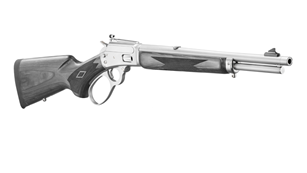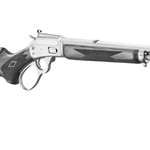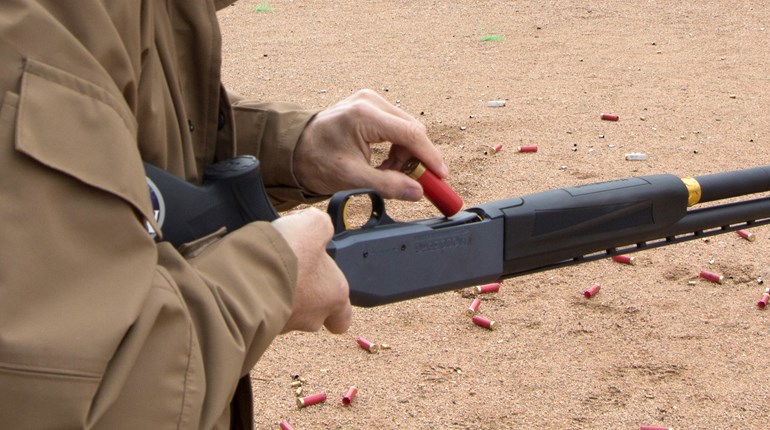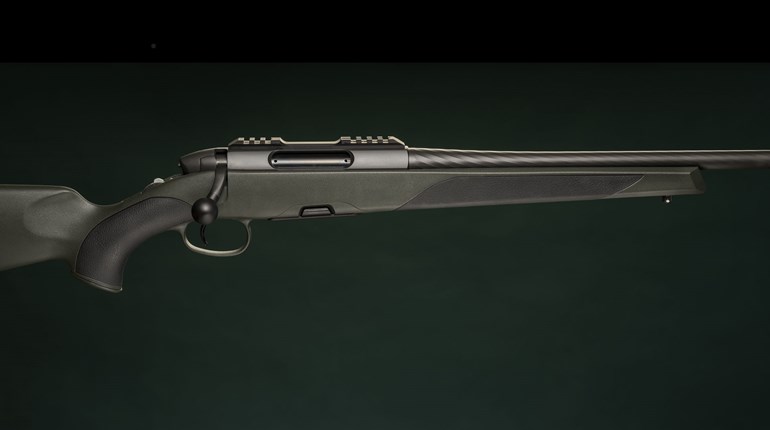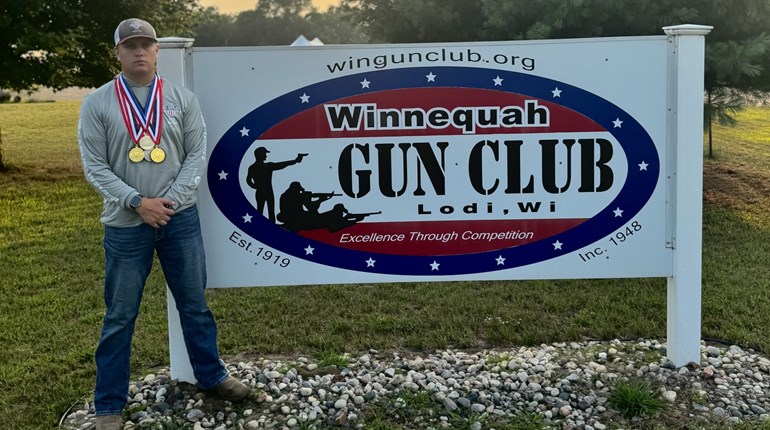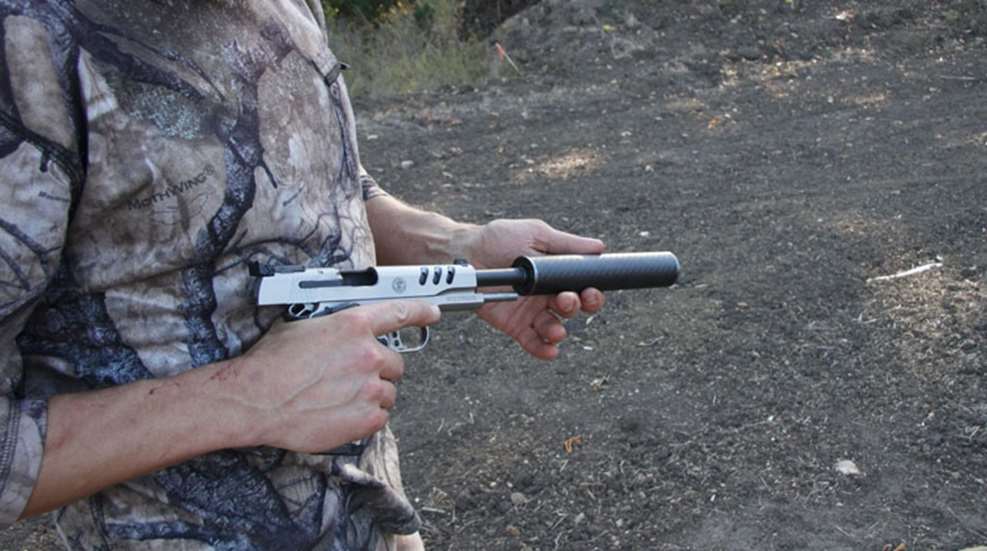
If you’re an avid shooter and don’t own a suppressor, you should. Perhaps I have a flair for the dramatic, but I believe it will change your life. (Well, your shooting life, anyway.) I’d bet my last box of .22s you’ll find yourself enjoying shooting like you never have before, and therefore shooting more—all because the loud bang from the gun will be mitigated so it doesn’t rock your eardrums each pull of the trigger. If suppressors were cheap and the process of ownership easy, I suspect every gun owner would have one for each gun.
However, since 1934 the U.S. government has restricted suppressors, and so there are a few hoops through which you must dive to own one; basically, those hoops are a detailed background check and fingerprinting, paperwork, a check for $200 and a 9-month wait for the ATF to approve it. Given how much of your time you'll be investing, you'll want to be sure of what suppressor you want before you get started. Here are five points to consider.
1. Determine your suppressor's purposeThe first thing you should do is determine the primary purpose for owning a silencer. If you plan to use it only or mainly for long-range riflery, you’ll do best to choose a different model than one, say, better suited for a pistol or home-defense carbine.
For example, some semi-auto centerfire pistol suppressors are specially made with a spring-piston in them (aka a “booster”) that counter-balances the rearward movement of the slide and allows the handgun to function normally without jamming. So if you want a suppressor for your Glock, you should specifically seek them out on manufacturer’s websites. But these suppressors should not be used for fixed-barrel guns.
For AR-15s, first determine whether your primary use for your AR is short-range defense/action shooting, or longer-range accuracy. If short range, consider a QD attachment; if longer range, strongly consider the direct thread design mentioned below. If you run your AR fast and hard, get a heavier can that’s designed to stand up to the massive heat generated by sending lots of rounds downrange.
If you want a “can” for a rimfire pistol, you can get a very small one, sometimes made of aluminum. There are also specialized suppressors for shotguns.
The point is, determine your primary gun and use, then research before buying.
2. Using one suppressor for multiple guns
If you anticipate using one suppressor on multiple guns, you should buy a model designed for the biggest caliber you intend to shoot. For example, say you wish to use it on a .300 Win. Mag. rifle, but you’d also like to use it on your 5.56-caliber AR-15. If you buy a model specifically for the AR, you will not be able to use it on the .300 Win. Mag., because the Win. Mag.’s bullet will not physically fit through the smaller .223-diameter hole in the suppressor. However, if you buy the .30-caliber suppressor, it will allow the use of any smaller-sized calibers, including the AR-15, as long as the manufacturer says it’s strong enough to handle it. The only downside to this multi-use strategy that a suppressor will not be quite as efficient in sound mitigation qualities if its exit hole is much bigger than the bullet exiting it. (Frankly, however, I can’t tell much difference—it will still reduce the sound significantly.)
The second option, and the best one for using one can on many guns, is to select a model that comes with an adaptor for various sized barrel threads, such as Yankee Hill Machine’s Nitro 30 Stainless, a modular unit that allows the user to change the attachment thread size and the end cap so it will fit various calibers with maximum efficiency. The downside is that not all suppressor companies make such models, and so your choices will be limited.
Generally suppressors come with one of two types of attachment systems. The first and most common is called “direct thread.” This means that the suppressor is made with female screw threads built into it that accepts the male-screw threads built into the rifle’s barrel or flash hider. The advantage is that it’s often the most accurate. The disadvantage is that it takes about 20 seconds to screw on and off of your gun’s barrel. For bolt action rifles—or any rifles upon which shooters typically care more about accuracy than speed—strongly consider a direct thread system. The direct thread system is also the least expensive.
The second is called QD, or quick detachment, system. Typically it consists of a proprietary quick-release collar and an adaptor that threads onto the rifle or pistol’s barrel and remains there. Anytime a shooter wishes to take the suppressor on or off the gun, one quick twist of the mechanism will release it. QD attachment systems are great for tactical shooters looking to switch a can quickly among several guns, and they are great for concealment/tactical purposes because the suppressor can be stored alongside the gun in its case so it doesn’t add to the gun’s length, but then can be installed in seconds when needed. While they have a reputation for being less accurate than direct-thread systems, QD technology is catching up and may not be any less accurate. QD type systems are typically around $100 more expensive than direct threads.
3. Consider the suppressor’s weight and buildIf you plan to use the suppressor mainly on one long-range bolt-action rifle and rarely use it on other guns, you should lean toward a heavier model with a thread-on attachment system. Heavy, steel suppressors are tough and can take the punishment of big centerfire calibers. (For reference, a light suppressor might weigh around 13 ounces, while a heavy one might weigh 20.) One thing to note, however: While heavy suppressors are generally tougher with all things being equal, they add more weight to the end of the rifle’s barrel, and therefore they are more apt to cause a gun’s zero to shift when shooting the gun with and without the suppressor. But because you’ll zero the scope with the suppressor installed, this zero shift will not be an issue for the person who installs a suppressor on one gun and keeps it there.
Conversely, if you plan to buy one suppressor and use it on many guns that aren’t big magnum calibers, strongly consider a lightweight model. With steel suppressors, the lighter they are the less they will affect the gun’s point of impact, but in general they may not be as strong or durable if you plan on shooting many rounds very rapidly or with magnum rifle calibers. However, new super alloys such as Iconel and others have made even lightweight suppressors very strong. Titanium-made suppressors offer the best of both worlds; they are supremely light and strong. Their downside? They’re the most expensive.
4. Understand the purchasing process, and don’t let it frustrate youA company called The Silencer Shop has made buying a suppressor much easier than in the past. Go to silencershop.com for all the specifics and laws in your state, but basically, here’s how it works: On its website, locate one of The Silencer Shop’s automated kiosks at a gun store near you. Then go there to fill out the digital application and get photographed and fingerprinted at the kiosk. Pick out a suppressor at the store (or online at The Silencer Shop) then pay your $200 tax stamp fee. In 9 months to a year, the store will call you to come get your suppressor. If you choose to buy another one, The Silencer Shop will already have your information including photos and fingerprints on file, so you’ll just be tasked with picking another suppressor, paying the $200 and waiting again. And when you’re waiting on a new suppressor for your new rifle, it seems like a long wait indeed. But it will be worth it, I guarantee you.





